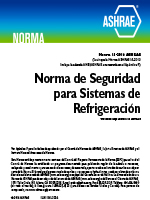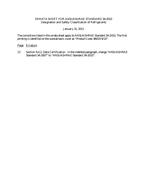Description
Building envelope is one of the most effective specifications on determining its energy rating, and windows have a significant effect on thermal specification of the building envelope; because of their low thermal resistance and direct transmittance of solar radiation. Therefore, specifying the best window-to-wall ratio (WWR) is very important in each climate condition. This paper aims to specify the most appropriate window-to-wall ratio based on the users’ thermal comfort in Kerman city. Research method is a combination of field study, software prediction, and thermal simulation; and requisite data is collected using temperature data logger and questionnaire. In field study part, two classes were chosen with the same situation, dimension, and window-to-wall ratio (equal to 40%). One of them remained unchanged (as the control group) and WWR of the other class (as the intervention group) was changed to 30%, 20%, and 10% by applying Polystyrene sheets. In each situation, students’ thermal sensation were asked using closed questionnaires, and environmental conditions were measured by temperature data logger; and the results were analyzed using statistical software. In software prediction part, physical environmental data (measured by temperature data logger) and subjects’ personal data (based on the questionnaires) were imported to “CBE Thermal Comfort Tool”, an online software for obtaining users’ predicted mean vote (PMV) to the thermal environment. Also the classes were simulated in designbuilder software, and the outputs of field studies were compared with the simulations. The results showed that the control group’s thermal adaptation to the environment was less than the predictions; but decreasing WWR resulted in more thermal adaptation, and the most thermal adaption was occurred in WWR=10%.
Citation: Second International Conference on Energy and Indoor Environment for Hot Climates, Doha, Qatar, February 2017
Product Details
- Published:
- 2017
- Number of Pages:
- 6
- Units of Measure:
- Dual
- File Size:
- 1 file , 1.1 MB
- Product Code(s):
- D-HCC17-03




